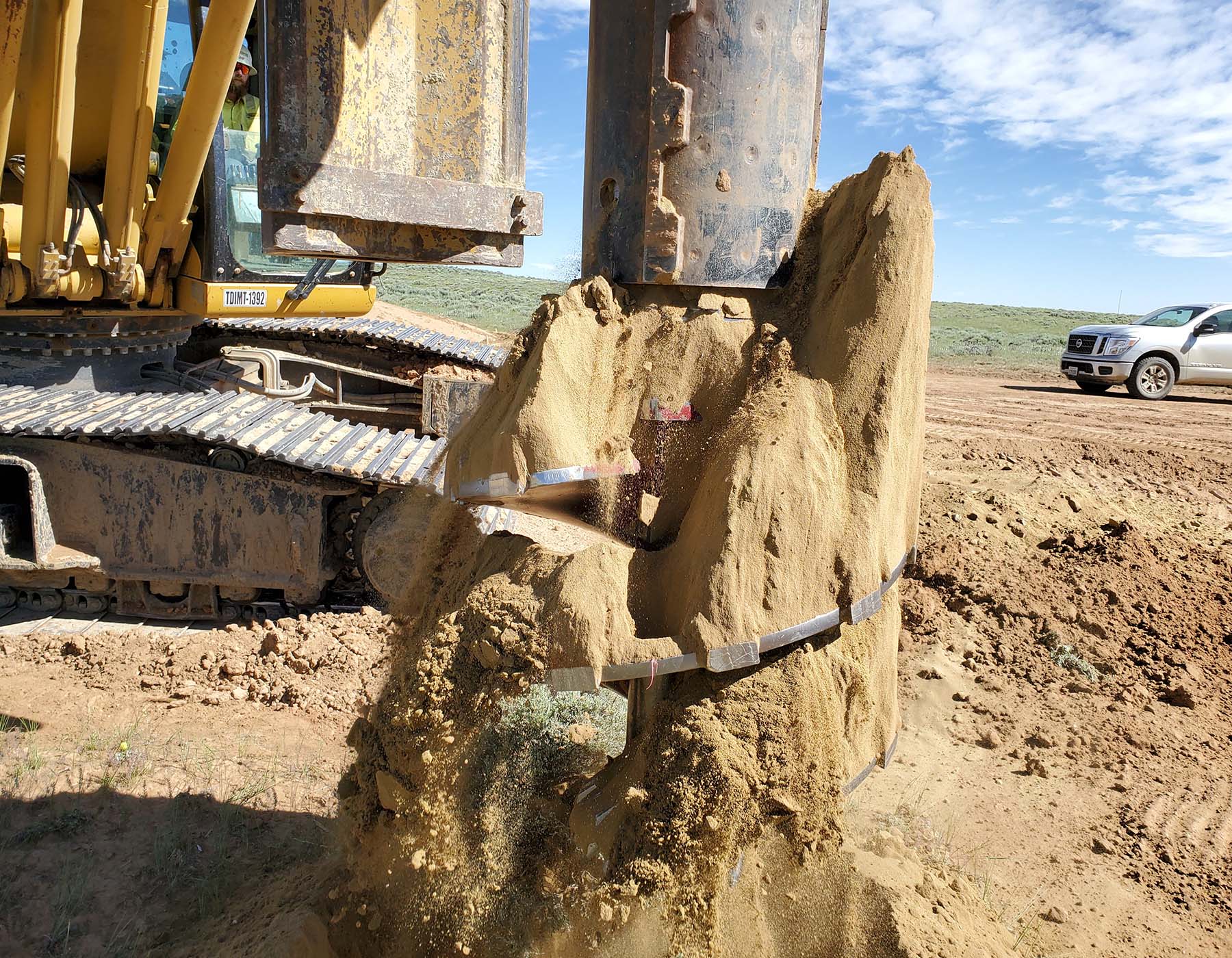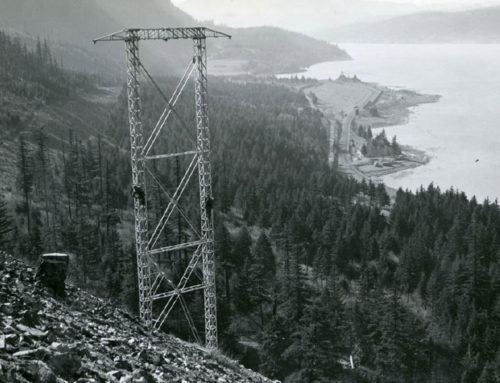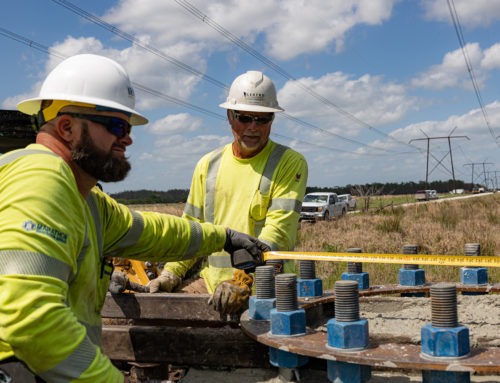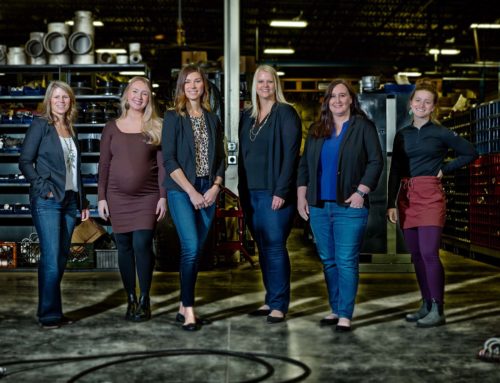Longfellow Drilling Completes Challenging Drilled Pier Construction for Wyoming Transmission Line
Working in the state of Wyoming – with limited resources and significant environmental protections – presents a challenging construction landscape. Pair that with unpredictable weather patterns and significant geotechnical variations across a 138-mile project site, and you have some of the most difficult conditions a foundation contractor can encounter. Longfellow Drilling teamed with sister Quanta Services companies to provide a comprehensive solution to the unique challenges this project presented.

Challenge Accepted
The project consisted of a new, approximately 138- mile, high-voltage electric transmission line in Southern Wyoming. The foundation scope consisted of reinforced concrete drilled piers for 518 four-legged lattice towers, 21 steel poles and 26 direct embedded two-pole structures. In total, 2,145 foundations were installed, ranging from three to nine feet in diameter and requiring more than 13,500 cubic yards of concrete. Foundation construction was completed by ADSC Contractor Member, Longfellow Drilling, a division of PAR Electrical Contractors, as part of a larger Quanta Services team, which included QEPC, Summit Line Construction and Quanta Subsurface.
With experience on electric transmission projects across North America, the project team was familiar with the challenges typically associated with long, linear projects. What made this project especially challenging was that the schedule was governed by biological variance restrictions and unpredictable weather, which significantly limited any pre-construction geotechnical investigations and delayed construction start dates. Once on-site, challenges extended to material scarcity, which threatened an already off-track construction schedule. The team worked together to come up with flexible designs and proactive sourcing to ensure a successful outcome.
Flexible By Design
Limited geotechnical investigations had been completed before construction, and it was understood that any supplemental data would need to be collected in tandem with construction. Gathering site-specific data is always crucial to risk management when your first and last foundations are over 100 miles apart, but working in an area with some of the largest coal seams in the world made it especially important. Coal seams do not provide a reliable bearing stratum, so advance identification or the ability to efficiently adapt during construction was essential. Longfellow worked with sister company, Quanta Subsurface (QS), to do both.
QS managed a strategic geotechnical investigation during construction to fill in data gaps and verify suspected problem areas. As the Foundation Engineer of Record, QS also developed flexible designs that could be adapted to site conditions during installation. Pier depth and/or diameter could be increased if unexpected coal seams were encountered, but they could also be decreased in better than expected conditions. QS geologists worked on-site with Longfellow to identify conditions which were communicated to the design team in real-time so any necessary design changes could be implemented quickly and effectively. This dynamic approach allowed for a reduction in standard design conservatism and reduced foundation volumes by approximately 10% compared to the base-bid designs.
Running Late
Foundation construction was at the mercy of unpredictable Wyoming weather, heavily constrained by environmental restrictions, and was tentatively planned from April to October, 2019. However, what the locals called an “extremely extended winter” lasted through mid-June and drastically delayed access to project sites. A fleet of drill rigs and full support equipment sat below 50% utilization, resulting in being roughly 55% off-pace by this time.
When the weather finally snapped, the project experienced limited access to concrete resources because of demand from local contractors in the same situation. Forced to move forward with less than 50% of the desired daily concrete production, the team started the process to secure dedicated mobile concrete batch plants and trucks to support the remainder of the project. By late summer, the foundation scope that should have been 65-70% complete was at just 35%, with less than three months remaining. It was Go Time. The batch plants and concrete trucks were mobilized, and up to 55 employees, six drill rigs and 100 pieces of equipment and tooling were ready to make hay before the legendary Wyoming winter conditions hit again.
Mission Accomplished
2,072 foundations for the most critical segment were completed approximately one week late due to a week-long Wyoming whiteout in late October which stopped all production. The remaining 73 foundations were completed over the next month through persistent winter conditions, but foundation construction was ultimately finished before the good weather gaps closed.
The strategic decision to create a team of Quanta companies allowed for increased collaboration, consolidating and reducing overall risk to the owner. The team’s proactive approach to subsurface characterization and concrete material sourcing played a significant role in making up schedule delays, as did the flexible design approach which allowed efficient changes during construction to reduce additional delays.




